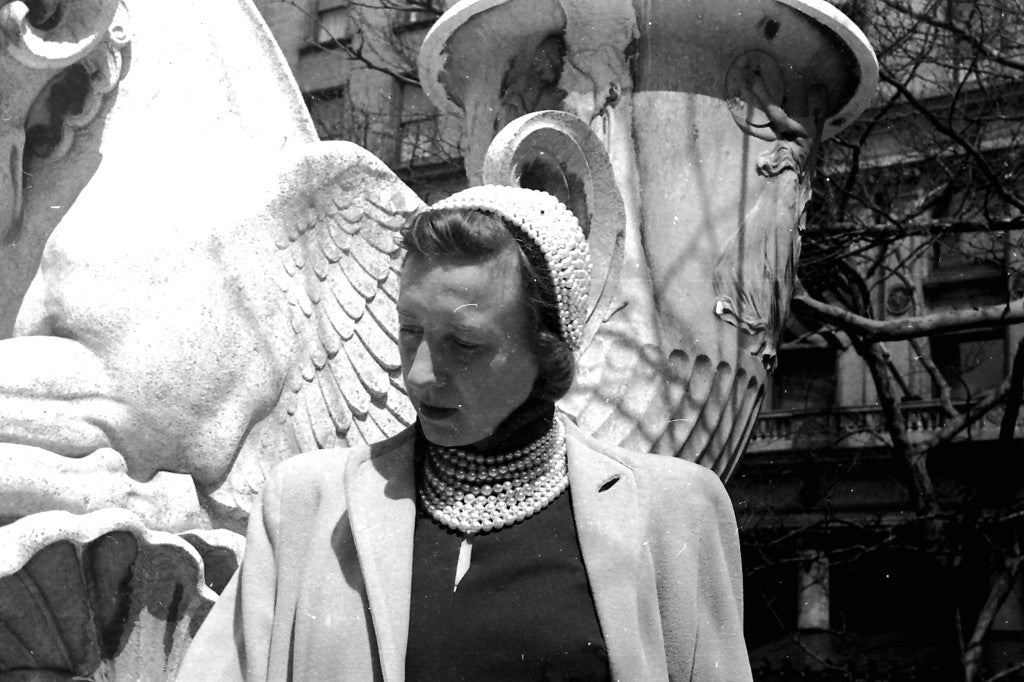Akoya Pearls: Cultured Pearls From Ocean Shells

Round, smooth, precisely measured and orderly, akoya pearls have the classic look that many find indispensible with business and formal attire. These cultured pearls are grown exclusively in-body in the Pinctada species--- a small oyster that lives in temperate ocean waters. Following WW2, Japanese cultured pearls held sway around the world for several decades. When Japan exported K. Mikimoto’s famous technology to Australia, South Sea pearl cultivation was born. Cultured pearl technology also migrated to China, where it has developed much less rapidly than fresh water cultivation due to the higher skill level required for in-body bead nucleation. Valuation of an akoya pearl is based on perfectionism and size. The shape is usually prized for faithful adherence to the perfectly spherical shell-bead nucleus (generally, freshwater mussel shells are used, preferably from the U.S.A.). Cultivated pearls can range from 3.5 to 11mm, although those falling within the large end of the spectrum are rarely round. Large cultured pearls tend to have more irregularities because they need more nacre coating than small pearls to avoid exposing the nucleus. Until recently, the most universally desired color of cultured pearls was white or white-pink ---colors least likely to occur naturally in shells that are creamy yellow to greenish. Akoya pearls can also be found in naturally-occurring shades of blues and silvers. For many decades in Japan, it was a law that blue akoya pearls had to be "stabilized" (generally with dye) before export, as these colors were known to fade. Recently, it has become possible to find akoya pearls dyed every color of the rainbow.
Buying Akoya Pearls
- Spot removal: Exposure to mild bleach will clear the pearl's surface of any minor grey spots.
- Whitening: Pearls that appear to be more white than cream, yellow or silver typically fetch a higher price. Because over-exposure to bleach shortens the life of any pearl, this treatment is rarely disclosed to the customer at a retail level.



Until recently, the most desired color of cultured pearls was white or white-pink, which are colors least likely to occur naturally in shells that are creamy yellow to greenish, and even silvery blue. For many decades in Japan, it was a law that blue akoya pearls had to be “stabilized” (generally with dye) before export, as these colors were known to fade.This is no longer the case. Recently, it has become possible to find akoya pearls dyed every color of the rainbow.





